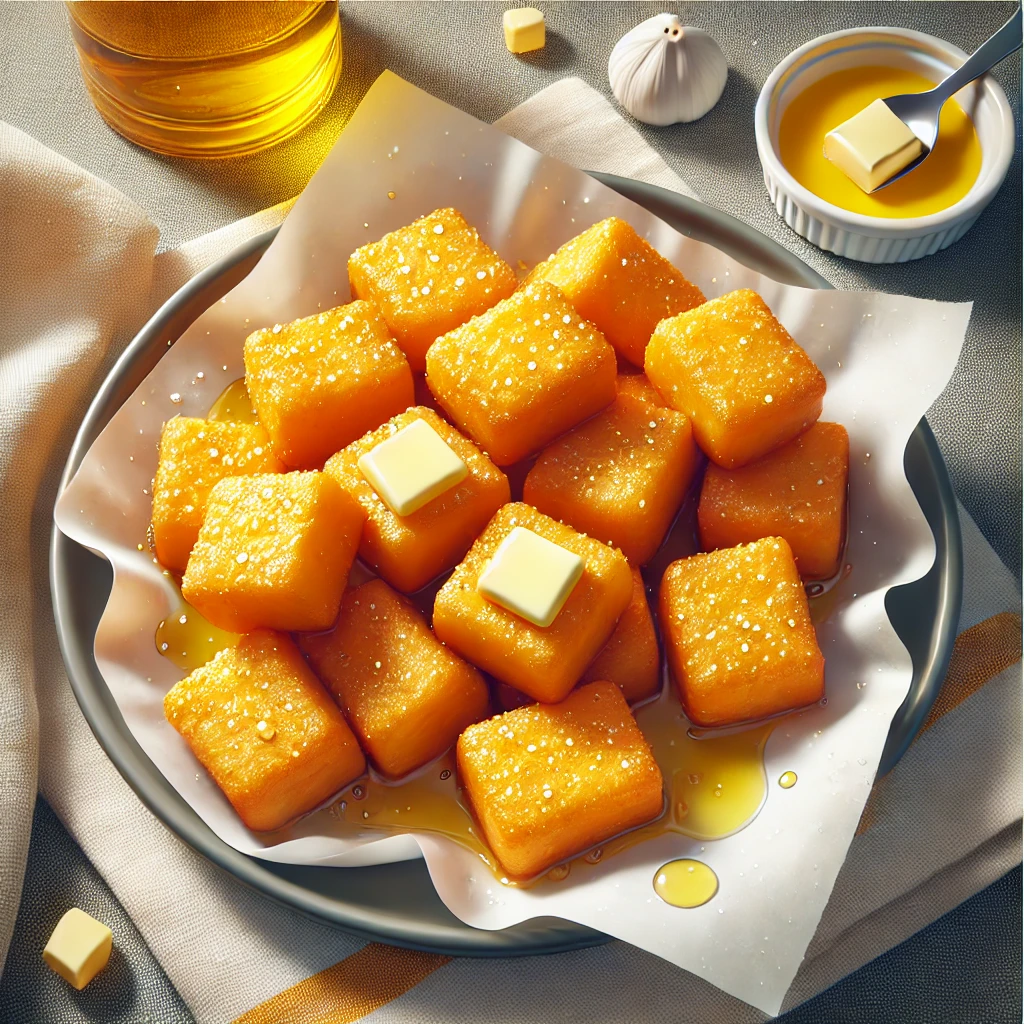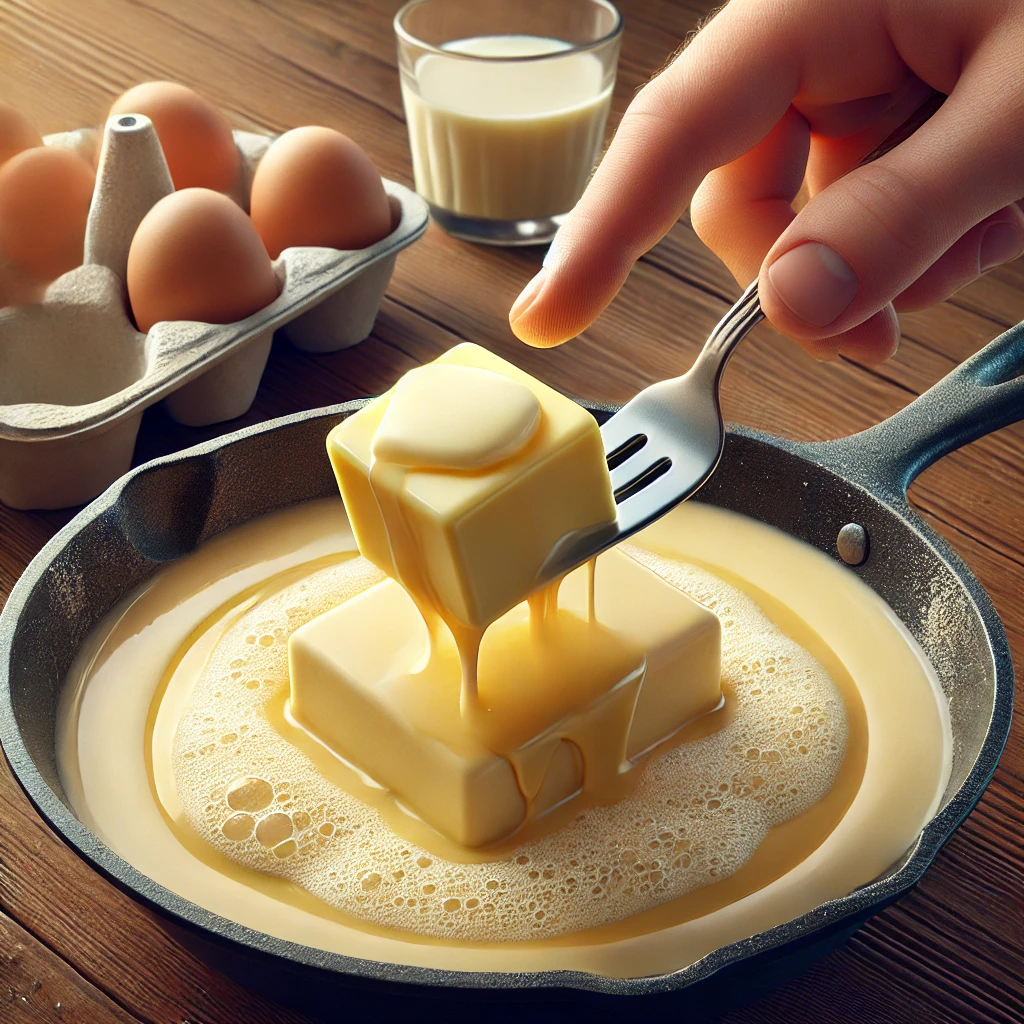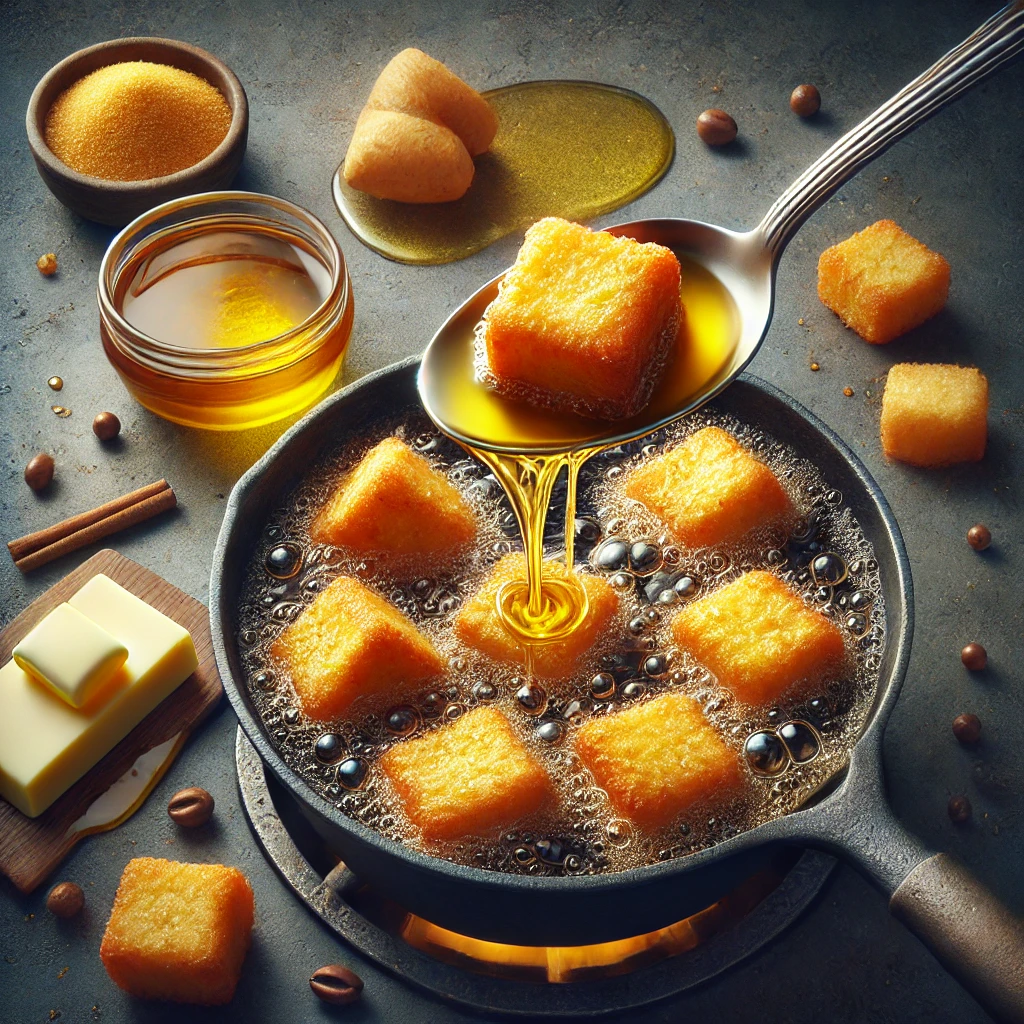When it comes to indulgent treats, deep-fried butter is in a league of its own. This unique and decadent dessert has gained popularity at state fairs and carnivals across the United States, drawing in those with a taste for the extraordinary. While the concept might sound over-the-top, deep-fried butter is a deliciously rich and creamy snack that melts in your mouth, leaving behind a crispy, golden shell.
In this blog post, we’ll explore everything you need to know about making deep-fried butter at home. From the history of this fairground favorite to the step-by-step process of creating your own batch, you’ll discover why this treat has become a sensation among food enthusiasts. Whether you’re planning a special occasion or simply want to try something new and indulgent, deep-fried butter is sure to impress.
The Origins of Deep-Fried Butter
Deep-fried butter made its debut at the Texas State Fair in 2009, thanks to creator Abel Gonzales Jr., who was already famous for his deep-fried creations like deep-fried cookie dough and deep-fried Coke. Gonzales’ idea was simple yet innovative: take a pat of butter, coat it in batter, and fry it until golden brown. The result was a crispy exterior with a warm, gooey, buttery center that quickly became a hit among fairgoers.
Since its debut, deep-fried butter has become a staple at state fairs across the country, with variations and flavors that cater to different tastes. From savory garlic butter to sweet cinnamon and sugar-coated versions, deep-fried butter has proven to be a versatile treat that continues to capture the imagination of those who dare to try it.
Choosing the Right Ingredients
The key to making delicious deep-fried butter lies in the quality of the ingredients. Here’s what you’ll need:
Butter
The star of the show is, of course, butter. For the best results, use high-quality, unsalted butter. Unsalted butter allows you to control the saltiness of the final product, and high-quality butter will have a richer, creamier taste. You can also experiment with flavored butters, such as garlic or herb butter, for a savory twist.
Batter
The batter is crucial for creating a crispy, golden shell around the butter. A simple pancake or funnel cake batter works well, as it’s thick enough to coat the butter but light enough to fry up crisply. Here’s a basic batter recipe:
Ingredients:
- 1 cup all-purpose flour
- 1 tablespoon sugar
- 1 teaspoon baking powder
- 1/4 teaspoon salt
- 1 egg
- 3/4 cup milk
- 1 teaspoon vanilla extract (optional)
- 1 tablespoon melted butter (optional)
Instructions:
- In a mixing bowl, whisk together the flour, sugar, baking powder, and salt.
- In a separate bowl, beat the egg and then add the milk and vanilla extract.
- Gradually add the wet ingredients to the dry ingredients, stirring until smooth. For a richer batter, stir in the melted butter.
Oil
For frying, you’ll need an oil with a high smoke point, such as vegetable oil, canola oil, or peanut oil. These oils can handle the high temperatures needed for deep-frying without burning.
The Frying Process: Step-by-Step
Now that you have your ingredients ready, it’s time to fry the butter. Here’s how to do it:
Step 1: Prepare the Butter
Start by cutting the butter into small cubes, about 1 inch in size. Place the cubes on a baking sheet and freeze them for at least 1 hour. Freezing the butter is essential; it prevents the butter from melting too quickly when it hits the hot oil, ensuring a gooey, buttery center.
Step 2: Heat the Oil
Pour enough oil into a deep pot or fryer to fully submerge the butter cubes. Heat the oil to 350°F (175°C). Use a candy thermometer to monitor the temperature and ensure consistent frying.
Step 3: Dip the Butter
Once the butter is frozen and the oil is hot, remove the butter cubes from the freezer. Using a fork or skewer, dip each cube into the batter, making sure it’s fully coated. Let any excess batter drip off before carefully lowering the butter cube into the hot oil.
Step 4: Fry the Butter
Fry the butter cubes in small batches to avoid overcrowding the pot. Each cube should fry for about 1-2 minutes, or until the batter is golden brown and crispy. Use a slotted spoon to turn the cubes if necessary and to remove them from the oil once they’re done.
Step 5: Drain and Serve
Place the fried butter cubes on a plate lined with paper towels to drain any excess oil. Allow them to cool for a minute or two before serving. For a sweet version, you can dust them with powdered sugar or cinnamon sugar. For a savory twist, sprinkle them with a pinch of salt or herbs.
Serving Suggestions and Variations
Deep-fried butter is a versatile treat that can be customized to suit your taste. Here are a few ideas:
Sweet Variations
- Cinnamon Sugar Butter: After frying, toss the butter cubes in a mixture of cinnamon and sugar for a churro-like flavor.
- Honey Butter: Drizzle the fried butter with honey for a sweet and sticky treat.
- Chocolate Dipped: Dip the fried butter cubes in melted chocolate for an extra indulgent dessert.
Savory Variations
- Garlic Herb Butter: Use garlic or herb-infused butter, and serve the fried cubes with a sprinkle of Parmesan cheese.
- Cheese-Stuffed: Before freezing, press a small piece of cheese into the center of each butter cube for a gooey, cheesy surprise.
- Spicy Butter: Add a pinch of cayenne pepper to the batter for a spicy kick.
Tips for Success
Freeze the Butter Well
Freezing the butter cubes thoroughly is crucial to achieving the perfect deep-fried butter. If the butter isn’t frozen solid, it will melt too quickly when fried, causing the batter to burst open and the butter to leak out.
Use the Right Batter Consistency
The batter should be thick enough to coat the butter cubes evenly but not so thick that it becomes heavy. If the batter is too runny, it won’t stick to the butter properly; if it’s too thick, the outer shell may become too dense.
Monitor the Oil Temperature
Maintaining the correct oil temperature is key to successful deep-frying. If the oil is too hot, the batter will burn before the butter inside has a chance to melt. If it’s too cool, the batter will absorb too much oil, resulting in a greasy final product.
Serve Immediately
Deep-fried butter is best enjoyed fresh and hot. As it cools, the butter inside will start to solidify, and the batter may lose its crispiness. Serve the fried butter as soon as possible after cooking for the best experience.
Conclusion
Deep-fried butter is the ultimate indulgence for those who love rich, buttery flavors and the satisfying crunch of fried food. While it may not be an everyday treat, it’s a fun and decadent option for special occasions, parties, or just when you’re in the mood for something truly extraordinary.
Whether you stick to the classic version or experiment with different flavors and toppings, deep-fried butter is sure to be a hit with anyone who tries it. So why not give it a go? With a little preparation and some quality ingredients, you can bring the excitement of the fairground to your own kitchen and enjoy this deliciously unique treat whenever the craving strikes.









